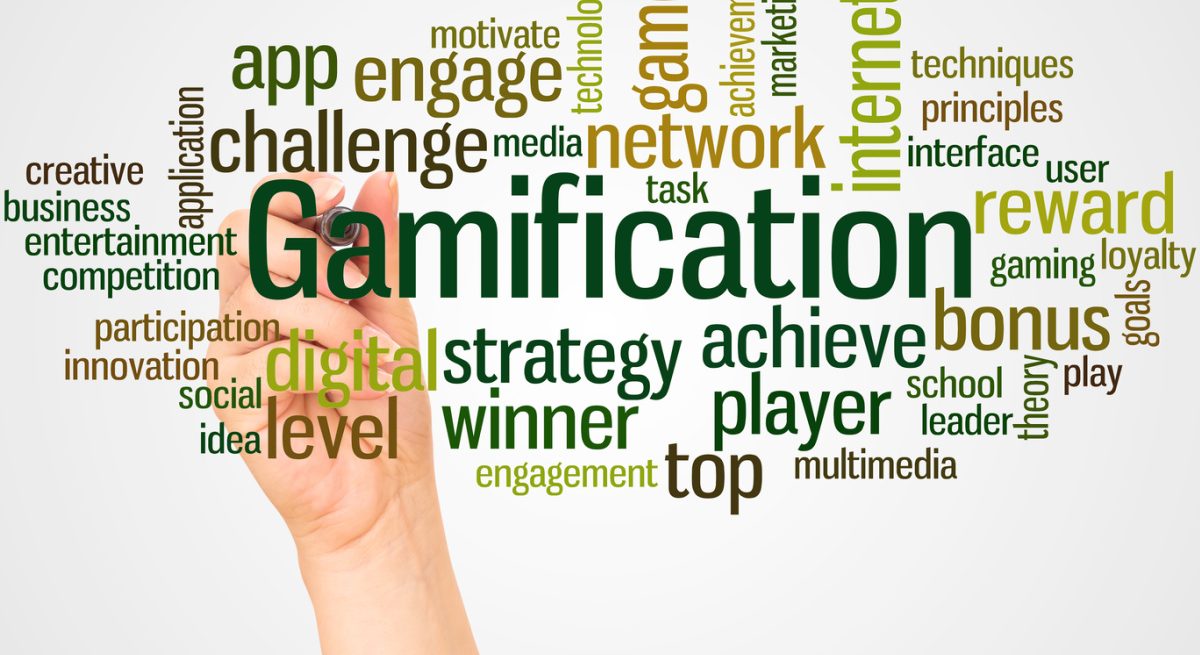Seven Ways Restaurants Can Leverage Gamification to Increase Guest Engagement
6 Min Read By Grace Lau
Gamification for restaurants is about finding ways to reward customers for spending their money at a particular restaurant. Say you spend five bucks in MoonDollars coffee shop, and you get rewarded with five redeemable points that you can spend towards another coffee sometime. Or perhaps you get a little stamp on your loyalty card, and your 10th coffee is free. These are examples of gamification.
Advantages of Gamification
So, what are some of the advantages of gamification? And why does it seem to work? Well…
Creates an Incentive for Loyalty
If you have a great selection of coffee shops to go to in your city, and the prices in each shop are pretty similar, but one place, in particular, offers great rewards and freebies, wouldn’t you be more tempted to go there? Or would it have zero impact?
Anyone who’s ever measured their customer lifetime value correctly will probably tell you that it’s pretty important to get your customers coming back for more. And giving people a reason above fantastic coffee to visit your store is a great way to get repeat customers rolling through your doors.
Encourages Spending
By offering points in exchange for dollars spent, you’re incentivizing people to spend more dollars in your store. The faster they spend money, the sooner they’re able to spend their points on your delicious treats and discover your menu for 2022.
Fosters Positive Engagement
Games light up the pleasure centers of the brain, so feeling like you’re winning something makes you feel good. If you’ve ever beaten your little brother in Monopoly, you know how glorious that feels. Creating those extra positive associations with your shop is only going to be good for business.
Brings in New Customers
You can tailor your gamification to reward customers who refer a friend to your establishment.
Disadvantages of Gamification
There aren’t a lot of disadvantages to gamification, which you probably gathered by the fact that it’s so commonplace, especially in the fast-food industry. But there are some to watch out for.
Not that Classy
Gamification does not scream Classy. Michelin-star restaurants would have been unlikely to use gamification in the past because the food (and fancy reputation) was enough to attract people. However, gamification is gradually expanding towards all kinds of places. It’s just not fully there yet. And you can, of course, find fancy ways to leverage gamification in even the snazziest of places to increase the number of customers.
Aren’t Always Done Right
If they’re not done right, they might turn people off a bit. If your 20th coffee is free, that’s a long time to wait. It’s a very small reward for a lot of loyalty. If a competitor has a better deal, your customers might jump ship.
Can Seem Desperate
Having a loyalty scheme that’s too good can swing the other way and make your business seem a little desperate for customers. It’s more usual to see a generous loyalty scheme for new kids on the block who are just trying to get established, but when a more established company starts offering too-good rewards, two things can happen:
People think the quality of the food must be lacking if they need to use such generous tactics to get people to come, or you end up with a smaller profit margin. These disadvantages are mostly just the result of using gamification when it isn’t appropriate for your company or not using this strategy in the best way.
Seven Ways Your Restaurant can Leverage Gamification
So now that we’ve covered the pros and cons of gamification, let’s delve into some ideas for how to leverage this technique for your establishment.
1. Stamp Cards
Nothing beats a classic. Stamp cards that offer a freebie after six, 12, or 15 purchases are popular for a reason. People love collecting things! People love free stuff. People love that sense of accomplishment when they manage to fill a whole card. And chocolate brownies just taste better when they’re free.
If you want to get people into the swing of using your loyalty card, you could give them a stamp for free so that they feel even closer to the final prize! You could also consider creating a customer empathy map to figure out exactly what kinds of rewards would make your customers happiest.
2. Points Cards
Instead of stamps, you can offer redeemable points for your plant-based restaurant. For this, you’d need an electronic card that the points are stored on. You can have that for every dollar spent, the customer gets five points, but five points could be worth a fraction of a dollar to redeem. So, say someone spends $100 dollars in your store and amasses 500 points. Those 500 points could, in turn, be worth $10 to spend in your store.
The ratio of 10:1 for expenditure vs reward might be the right one for your business model, or maybe you would prefer to do 12:1 or 6:1.
3. Friend Referral
A good method for increasing your customer base is to offer rewards for referrals. If an existing loyalty-card holder signs up a friend to the loyalty-card programme, their reward could be a free pizza once that friend has spent $10 or more in the store. So next time they’re chatting to their friend, they can subtly drop the idea of pizzas into the conversation.
You can create several variations of this method. You just have to make sure there aren’t any loopholes that are easy to exploit, such as the ability to sign up, get a free pizza, and never spend a nickel.
4. Urgency
Time-limited offers are a good way to get people to jump on the bandwagon before it leaves town. Putting a reasonable expiration date on offers and points can encourage folks to get that discounted or free mocktail now instead of watching it slip through their fingers. Is there anything sadder than a lost mocktail? No, there is not.
You just have to get the right date for the offer – if the date is too soon and they just ate at your restaurant, that might be pushing it. Some people have a mental budget that they allocate per week or month to eating out. If the date is too far away, it might lose the urgency aspect.
5. Social Media
You can encourage activity on social media, such as comments, shares, likes, and content creations, in exchange for fun freebies! This is a great way to get the word out there about your ISO certified restaurant at a low cost to yourself. It doesn’t cost people anything to reshare a post, so if the reward is enticing enough, they’re likely to do it.
Maybe the first 50 people to share and like your post get a free coffee, redeemable that day only. Or maybe 10 lucky people will get a 50% discount on their next meal (valid for up to two people per meal). The sky’s the limit!
If you can also get people to create free content for you, like photos and videos featuring your restaurant and tagging you on Instagram or Facebook, more people will find out about you and boost your online presence and, hopefully, your sales. You can then reshare that content with your existing followers.
6. It’s Your Birthday
People don’t do this enough. In the 90s, when you told people it was your birthday, you’d get a free piece of chocolate cake with sprinkles on it, and grandma would slip you five bucks. Nowadays, you just get commiserations. The 90s were a different time… what happened?
You could offer people who have given you their details, including date of birth and email address, a coupon to spend in your restaurant as a birthday gift. Or maybe you could build a reputation for yourself as the place that gives out free nachos when presented with a valid ID card clearly showing that it’s the customer’s birthday. Get the birthday crowd.
7. Order Ahead
Finally, a good way to increase sales for your restaurant is by offering people rewards for BOPIS (buy online; pick up in-store). This could mean ordering and paying beforehand and getting an electronic stamp when the customer picks up their order.
This helps you to figure out ahead of time how much money you’re going to make in a night, and it gives you a leg up over the competition.
Gamification Is all About the Effort and the Reward
Getting anything too easily takes the fun out of it, but a game that’s too tricky or long to be worth the reward also quickly falls flat. To use gamification correctly, you want to find that sweet spot between what you want and what your customers want.
Gamification is a low-risk strategy if you do your math right. And as long as your customers are excited by your rewards, then you’re on track to increase customer engagement.


